Trust Is Risk
Games, Network Health,
Risk Invariance Algorithms
& Implementation
Orfeas Stefanos Thyfronitis Litos (U of Edinburgh)
Christos Porios (Imperial College London)
Dionysis Zindros (U of Athens)


OB1

Outline
-
Financial Crypto 2017
-
Game Theoretic Proposal: Two distinct games
-
Network Health: Connectedness & Centrality
-
Risk Invariance algorithms: Pay for purchases
-
Bitcoin JS implementation
FC17
Financial Crypto 17
-
Trust is risk paper accepted in FC17
-
Heavy review, important corrections
-
Presentation well received
-
Tough questions by Vitalik etc. (privacy!)
-
Many ideas for new directions (Miller etc.)
Game theory
Games: approach
-
Players' strategies and utilities definition
-
One player: free to deviate
-
She deviates: not a Nash Equilibrium...
-
She doesn't deviate: Nash Equilibrium!
-
Design choices
-
Initially random network
-
All information is public
-
Transaction fees ignored
-
Finite games


-
Highly exponential!
-
No time for thorough description now...
-
All players have single strategy
-
Random buyer and seller at the end
-
If there is enough trust, they exchange
-
Utilities: Capital
-
For buyer, seller: + product value
-
Other variants are described
-
Game 1: Random Roles
-
Three strategies: Buyers, Sellers, Middlemen
-
Buyers
-
Only outgoing trust
-
Want to buy many products
-
-
Sellers
-
Only incoming trust
-
Want to sell stock at highest price
-
-
Middlemen
-
Everything allowed
-
Want to maximize capital
-
Game 2: Marketplace
Network health metrics
-
Connectedness
-
Expected indirect trust amongst all players
-
-
Centrality
-
Variance of impact of player removal on indirect trusts
-
Network Health
Examples




Trust redistribution algorithms
-
Alice wants to buy from Bob a product that costs V.
-
Before paying, Alice should reduce her indirect trust to Bob by V.
-
Input: Alice, Bob, V, graph
-
Output: How much to reduce direct trust
-
From Alice to each of her friends
-
Sum of reductions ≥ V
-
Risk Invariance Algorithms
Use of the Strong Duality Theorem:
-
Describe maxFlow as linear program
-
Find dual linear program
-
Equate the two optimizations; this is a new constraint
-
New optimization: minimize sum of direct trust reductions
Linear Program:
Direct trust reduction minimizer
Implementation
- Works on the bitcoin blockchain
-
A full node for now
-
SPV later
-
-
Just a small library with "trust" access
-
CLI / UI later
-
Implementation
-
Javascript on node.js
-
Heavy use of ES6+, promises, async/await
-
Built on bcoin.js
-
Strongly typed with Facebook's flow
-
We contribute types to bcoin.js also
-
-
Well tested (unit & end-to-end)
-
with should/sinon & travis
-
Technologies
// finding trust (allowed spending)
TIR = new TrustIsRisk.FullNode(...);
valueInSatoshis = TIR.trust.getTrust(
myAddr, vendorAddr
);
// increasing trust
tx = TIR.trust.createTrustIncreasingMTX(
privKey, pubKey, txToSpend, amountInSatoshis
);
broadcast(tx);
// decreasing trust
tx = TIR.trust.createTrustDecreasingMTXs(
privKey, pubKey, amountInSatoshis
);
broadcast(tx);
Example usage
Demo
Thank you!
deliverable 31/5/2017
By orfeas
deliverable 31/5/2017
- 789



